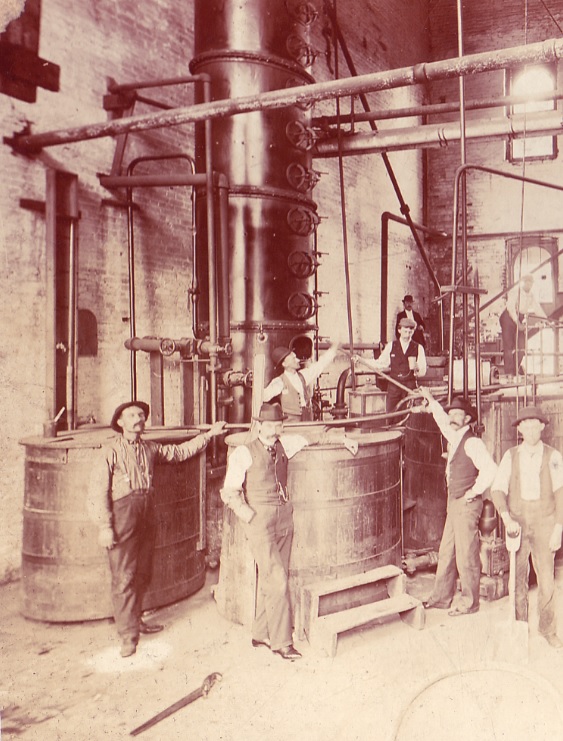
Bourbon back in business
Behind this growth lies industry investment, driven by innovation in the craft sector and the curiosity of millennial consumers, anxious to explore and discover spirits all but abandoned by an older generation.
Not that industry giants are letting the craft distillers make all the running. Diageo recently opened a $115m plant for Bulleit bourbon, echoing Michter’s route from contract distilling to in-house production. According to Diageo’s president for North America, Deirdre Mahlan, the facility positions Bulleit to become “the number one super-premium bourbon” in the US.
While that production comes on stream, Diageo has covered the enthusiast end of the market with its Blade & Bow expression and the Orphan Barrel project, a series of releases (currently US only) which aim “to share long-forgotten barrels of rare whiskey discovered in old rickhouses [warehouses] and distilleries”.
The origin of these stocks is left obscure but is most likely from long-closed sites, such as Stitzel-Weller and the old Bernheim distilleries once operated by Diageo.
Diageo is not alone in launching expressions which doff their hat to small-batch or craft production and, while the claim is never explicitly made, consumers could be excused for being confused by the Orphan Barrel bottles, those of Bond & Lippard and Old Ripy (part of Campari’s Whiskey Barons collection, using whiskey from its Wild Turkey distillery) and the “natural, down-home flavours” of Bacardi’s Bonnie Rose White whiskeys.
REBRANDING
Actually, they’re definitely not alone. In fact, it hasn’t been unknown for US craft ‘distillers’ to buy fully matured casks, rebrand the contents and launch the whiskey as if, for all the world, it was their product. If you read the (very) small print though, you’ll see that many of these come from the giant Midwest Grain Products distillery in Lawrenceburg, Indiana. You might feel that smacks of sharp practice
and a good number of US whiskey enthusiasts would agree with you – this caused quite a furore on various websites and blogs.
Among those identified as indulging in this brand creativity we find Breaker bourbon, Templeton rye and some at least of the High West offerings – not that that deterred Constellation Brands from recently paying a reputed $160m for that company in a hard-fought bidding race with Pernod Ricard and LVMH.
In fact, you can travel from Arizona (Copper City) to Washington DC (Filibuster) and Vermont (Smugglers’ Notch) to California (Hooker’s House) drinking MGP whiskey. There has even been a boutique Indiana brand (WH Harrison) bottling Indiana bourbon originating at MGP.
Now, MGP has a long history and is generally recognised as making quality products. Belatedly, recognising that it might have let some of the best stuff out of its doors for others to profit from, it has now launched its own Metze’s Select Indiana Straight bourbon (named for MGP master distiller Greg Metze) – so if you want MGP and prefer to avoid the inevitable ‘craft’ premium pricing you know the label to look for.
But not all craft distillers are to be tarred with the same brush. As readers will know there is a growing number of exciting small distillers in what is an enviably vibrant sector of the market – which is why, of course, the big boys want a share of the action.
